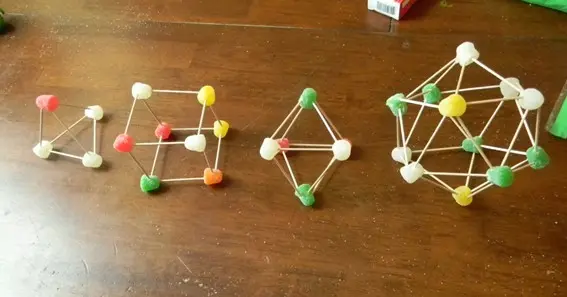The toothpick sequence is a fascinating geometric pattern that evolves through a simple iterative process, producing complex, fractal-like structures. A notable feature of this sequence is the occurrence of plateaus in its growth graph, where the number of toothpicks added remains constant over several iterations. Understanding the reasons behind these plateaus offers insight into the sequence’s inherent properties and growth dynamics.
The Toothpick Sequence: An Overview
Initiated by placing a single toothpick on a plane, the toothpick sequence progresses by adding new toothpicks at the exposed ends of the existing ones in each subsequent stage. This process results in a pattern where the number of toothpicks at each stage oscillates, creating a distinctive growth graph. The sequence’s behavior has been extensively studied and documented in mathematical literature.
Causes of Plateaus in the Growth Graph
The plateaus observed in the toothpick sequence graph arise from its specific growth rules and structural characteristics:
- Iterative Addition Process:
- Growth Mechanism: At each stage, new toothpicks are added perpendicular to the exposed ends of the existing structure. In certain configurations, especially when the pattern reaches a symmetrical form resembling the T-square fractal, the number of new toothpicks added can remain constant over multiple iterations, leading to a plateau in the graph.
- Symmetrical Structural Phases:
- Pattern Symmetry: As the sequence develops, it periodically forms symmetrical patterns that temporarily stabilize the number of new additions. During these phases, the growth rate plateaus because the structure’s symmetry dictates a uniform addition of toothpicks across iterations.
- Fractal-Like Behavior:
- Self-Similarity: The toothpick sequence exhibits self-similar, fractal-like properties. At certain stages, the pattern replicates its previous form on a larger scale, resulting in periods where the growth rate appears to stagnate before accelerating again as the structure expands.
Visualizing the Toothpick Sequence
For a dynamic representation of the toothpick sequence and its growth patterns, including the occurrence of plateaus, consider exploring the following resource:
FAQs
1. What is the toothpick sequence?
The toothpick sequence is a geometric pattern that evolves by adding toothpicks at the exposed ends of the existing structure in each iteration, resulting in a fractal-like design.
2. Why does the growth graph of the toothpick sequence show plateaus?
The plateaus occur due to the sequence’s iterative addition process and the formation of symmetrical patterns, leading to periods where the number of new toothpicks added remains constant.
3. How does symmetry affect the toothpick sequence’s growth?
Symmetrical phases in the pattern cause uniform addition of toothpicks over multiple iterations, resulting in temporary stabilization or plateaus in the growth graph.
4. Is the toothpick sequence related to any known fractals?
Yes, the toothpick sequence’s structure often resembles the T-square fractal and shares properties with the Ulam-Warburton cellular automaton.
5. Where can I visualize the development of the toothpick sequence?
A visual and detailed explanation of the toothpick sequence is available in the Numberphile video titled “Terrific Toothpick Patterns.”
Understanding the plateaus in the toothpick sequence graph provides insight into the complex interplay between simple iterative rules and the emergence of intricate, self-similar patterns. This phenomenon exemplifies how basic processes can lead to rich mathematical structures.










